The first documented closed-circuit television (CCTV) system, the direct predecessor to modern surveillance cameras, was invented in 1942 by German engineer Walter Bruch. This system was designed for a specific military purpose: to remotely observe the launch of V-2 rockets in Peenemünde, Germany. However, the first home security system was patented much later, in 1969, by Marie Van Brittan Brown and her husband, Albert Brown, in response to rising crime rates and slow police response times in their Queens, New York neighborhood.

Table of Contents
- What Was the First True Surveillance Camera System?
- Who Invented the First Home Security System?
- When Did Surveillance Cameras First Appear in Public?
- How Did Early CCTV Systems Work?
- What Sparked the Digital Revolution in Surveillance?
- How Have Modern Security Cameras Evolved?
- What Does the Future of Surveillance Technology Hold?
- Frequently Asked Questions About the Invention of Security Cameras
What Was the First True Surveillance Camera System?
The genesis of video surveillance technology was not born from a need for public or private security, but from the crucible of war. In 1942, at the Peenemünde Army Research Center in Nazi Germany, engineers faced a critical and dangerous problem: how to safely monitor the test launches of the V-2 rocket, a weapon that traveled at supersonic speeds. The solution came from Walter Bruch, an engineer working for Siemens AG. He and his team developed the world's first practical and documented closed-circuit television (CCTV) system.
This pioneering system was rudimentary by today's standards. It consisted of a camera and a monitor connected by a physical cable, creating a "closed circuit" where the video feed was transmitted directly and was not broadcast publicly. Its sole purpose was to allow scientists and military personnel to observe the rocket's behavior during the perilous launch sequence from the safety of a bunker. This invention marked a pivotal moment, proving that video could be transmitted from one location to another for real-time monitoring, a concept that would later define the entire security industry.
Who Invented the First Home Security System?
While the first surveillance camera was a tool of war, the first home security system was a tool for peace of mind. In the 1960s, Marie Van Brittan Brown, an African American nurse living in Queens, New York, felt uneasy about the level of crime in her neighborhood and the often-slow response time of law enforcement. Taking matters into her own hands, she, along with her husband Albert Brown, an electronics technician, devised a revolutionary system for home protection.
Their invention, for which they filed a patent in 1966 and received it in 1969, was remarkably forward-thinking. It featured a motorized camera that could look through four different peepholes in their front door, capturing images of visitors of varying heights. The camera's feed was displayed on a monitor inside the house, allowing them to see who was there without opening the door. The system also included a two-way microphone to speak with the person outside and a button to remotely unlock the door or, more critically, an alarm button to contact the police immediately. Marie Van Brittan Brown's creation was the first true integrated home security system, laying the foundational groundwork for the video doorbells and smart home security systems we rely on today.
When Did Surveillance Cameras First Appear in Public?
The transition of surveillance cameras from specialized military and home applications to public spaces began in the 1960s. The United Kingdom is often cited as one of the first adopters of public CCTV. In 1960, London's Metropolitan Police set up two temporary cameras in Trafalgar Square to monitor the crowds gathered for a visit by the Thai royal family. This experiment was followed by more permanent installations in various public areas to deter crime.
In the United States, Olean, New York, became one of the first cities to install video cameras along its main business street in 1968 to combat vandalism and crime. The project was highly publicized and inspired other cities to consider similar measures. These early public systems were expensive and required constant monitoring by human personnel. The recorded footage, typically on magnetic tape, was of low quality. Nevertheless, their presence marked a significant shift in law enforcement and urban management, introducing the concept of a "virtual patrol" that could watch over public spaces continuously.
How Did Early CCTV Systems Work?
Early analog CCTV systems were complex, bulky, and labor-intensive compared to their modern counterparts. The core of the system was the analog camera, which captured images and converted them into an electronic signal. This signal was then transmitted via a physical coaxial cable, the same type of cable once common for cable television, directly to a specific monitor and a recording device.
Recording was the biggest challenge. The primary method was using a videocassette recorder (VCR), which required someone to manually change tapes, typically every 8 to 12 hours. This was an inefficient process prone to human error. Reviewing footage was a tedious, linear process of fast-forwarding and rewinding through hours of tape to find a specific event. The video quality was low-resolution, often grainy and in black and white, making it difficult to identify faces or details clearly, especially in low light. These systems were a one-way street: they could record what happened, but they offered no remote access, no alerts, and no intelligent analysis.
| Feature | Early Analog CCTV (c. 1970s-1990s) | Modern Digital/IP Cameras (c. 2020s) |
|---|---|---|
| Video Quality | Low resolution (e.g., 240p-480p), black and white | High definition (1080p, 2K, 4K+), full color |
| Recording | Analog VCR tapes, limited storage, manual changes | Digital (DVR/NVR) hard drives, Cloud storage, automated |
| Connectivity | Wired (Coaxial cables) | Wired (Ethernet) or Wireless (Wi-Fi) |
| Accessibility | Local monitor only | Remote viewing on phones, tablets, computers |
| Features | Basic video capture | AI detection, two-way audio, color night vision, motion alerts |
What Sparked the Digital Revolution in Surveillance?
The late 1990s and early 2000s marked a transformative period for the surveillance industry, driven by advancements in computing and networking. The shift from analog to digital was the single most significant leap in the technology's history. The invention of the Digital Video Recorder (DVR) was the first major step. DVRs could convert analog camera signals into digital files, storing them on hard disk drives. This eliminated the need for clumsy VCR tapes, allowing for continuous recording, far greater storage capacity, and much faster, non-linear access to footage.
The true game-changer, however, was the development of the IP (Internet Protocol) camera. First invented by Axis Communications in 1996, an IP camera is a standalone device that captures video and can send and receive data over a computer network and the internet. This untethered the camera from a dedicated local recorder. Now, users could access a live video feed from anywhere in the world with an internet connection. This innovation democratized surveillance, making powerful monitoring capabilities accessible not just to large corporations and governments, but to small businesses and everyday homeowners.
How Have Modern Security Cameras Evolved?
The evolution from early IP cameras to the sophisticated devices available today has been meteoric. Modern security cameras are no longer passive observers but active participants in home and business security. They have become multi-functional smart devices packed with cutting-edge technology that provides a level of detail and proactive awareness that was once the stuff of science fiction. This progress is defined by key advancements in artificial intelligence, image quality, and connectivity.
Companies like Botslab are at the forefront of this evolution, engineering devices that offer not just surveillance, but intelligent home awareness with features like dual-lens 4K clarity and advanced AI-powered detection. These modern security cameras are designed to integrate seamlessly into a smart lifestyle, providing both security and convenience.
What Role Does Artificial Intelligence (AI) Play?
Artificial intelligence is arguably the most impactful feature in modern cameras. Instead of simply detecting any motion—like a tree branch swaying or a shadow moving—AI algorithms can analyze the video feed in real-time to identify specific objects. This intelligent filtering drastically reduces false alarms and makes alerts more meaningful.
Common AI-powered features include:
- Person Detection: The camera can distinguish a human from other moving objects, ensuring you are only alerted when a person approaches your property.
- Package Detection: You can receive specific notifications when a package is delivered to your doorstep and when it is picked up.
- Vehicle and Pet Detection: The system can identify cars in your driveway or pets in your yard, allowing you to customize alerts based on what is important to you.
- Facial Recognition: More advanced systems can learn to recognize familiar faces, so you know when family members arrive home safely.
This move from motion detection to event recognition transforms the camera from a reactive recording tool into a proactive security assistant.
Why Is High Resolution and Night Vision Important?
The primary purpose of a security camera is to provide clear, usable footage. In this regard, advancements in image sensor technology have been profound. High-resolution video, such as 4K Ultra HD, provides exceptional clarity. This level of detail is crucial for identifying critical information like faces, license plate numbers, or clothing, which can be invaluable for law enforcement. A blurry, pixelated image is of little use after an incident.
Equally important is performance in low-light conditions. Traditional infrared (IR) night vision provided grainy, black-and-white images. Modern cameras now feature Color Night Vision. By using highly sensitive sensors and sometimes supplemental LED lighting, these cameras can capture full-color video in near-darkness. This provides far more contextual detail, as colors of clothing or vehicles can be accurately identified, making the footage significantly more effective as evidence.
What Does the Future of Surveillance Technology Hold?
The trajectory of surveillance technology points toward even greater intelligence and integration. We can anticipate AI becoming more predictive, potentially identifying suspicious behavior patterns before an incident occurs. On-device processing (edge computing) will allow cameras to perform complex analysis without needing to send data to the cloud, enhancing both speed and privacy.
Integration with the broader Internet of Things (IoT) ecosystem will deepen. A security camera detecting an unfamiliar person at night could automatically trigger smart locks to engage, turn on all house lights, and issue a verbal warning through an outdoor speaker. While these advancements promise unprecedented security, they also bring forth critical conversations around data privacy and the ethical use of surveillance, challenges that will shape the industry's future development.
Frequently Asked Questions About the Invention of Security Cameras
Who is considered the father of CCTV?
Walter Bruch is widely credited as the inventor of the first practical closed-circuit television (CCTV) system in 1942, which he developed to monitor V-2 rocket launches in Germany.
Were there surveillance concepts before 1942?
While Bruch's system was the first documented CCTV setup, Russian physicist Léon Theremin had developed a rudimentary television system using interlaced scanning in the 1920s that was reportedly demonstrated to Joseph Stalin for surveillance purposes, though it was not a closed-circuit system in the modern sense.
How did the internet change security cameras?
The internet fundamentally changed security cameras by enabling the creation of IP cameras. This allowed for remote viewing from anywhere in the world, eliminated the need for a local recording device to be physically connected, and paved the way for cloud storage and smart features like mobile alerts.



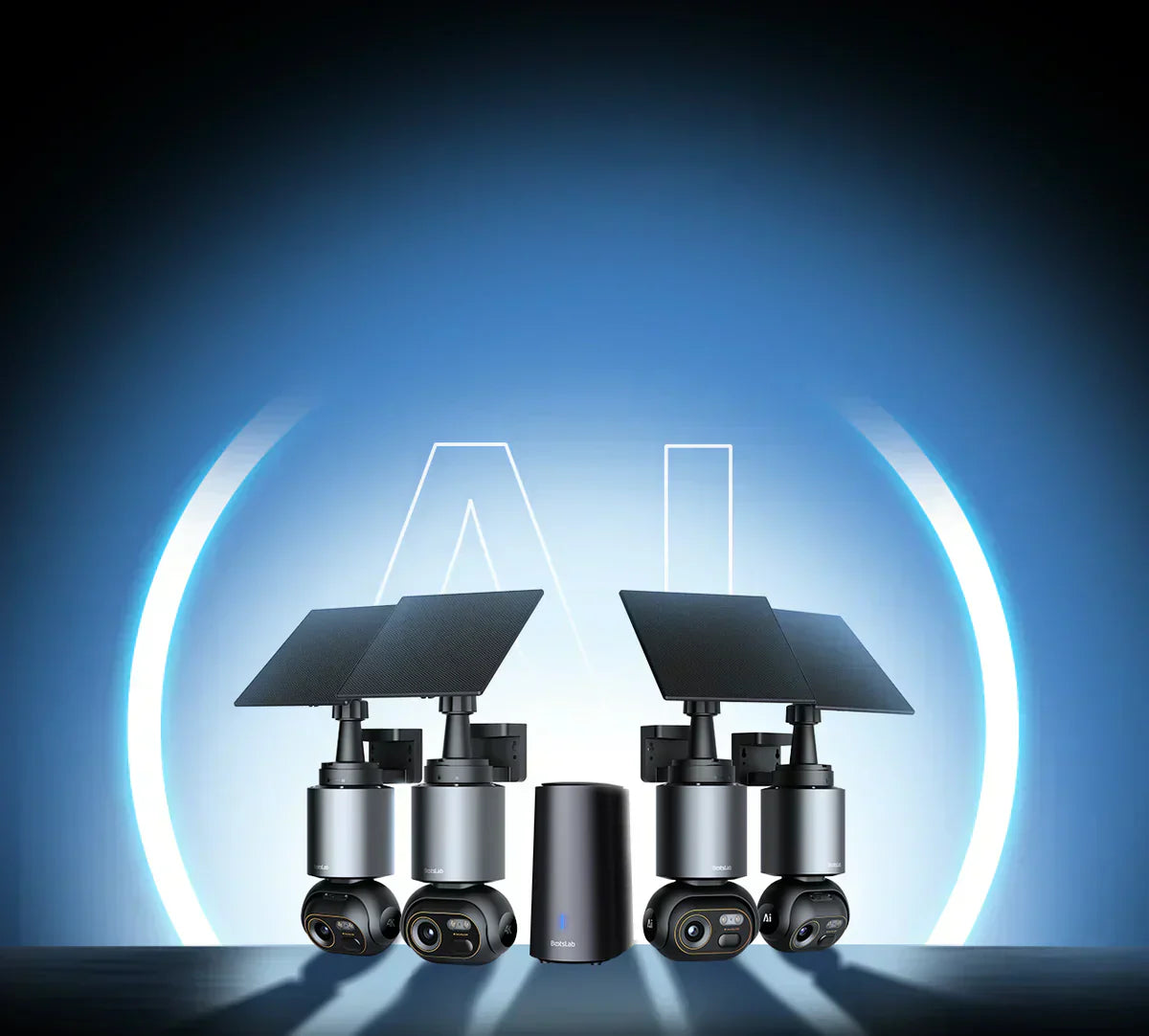
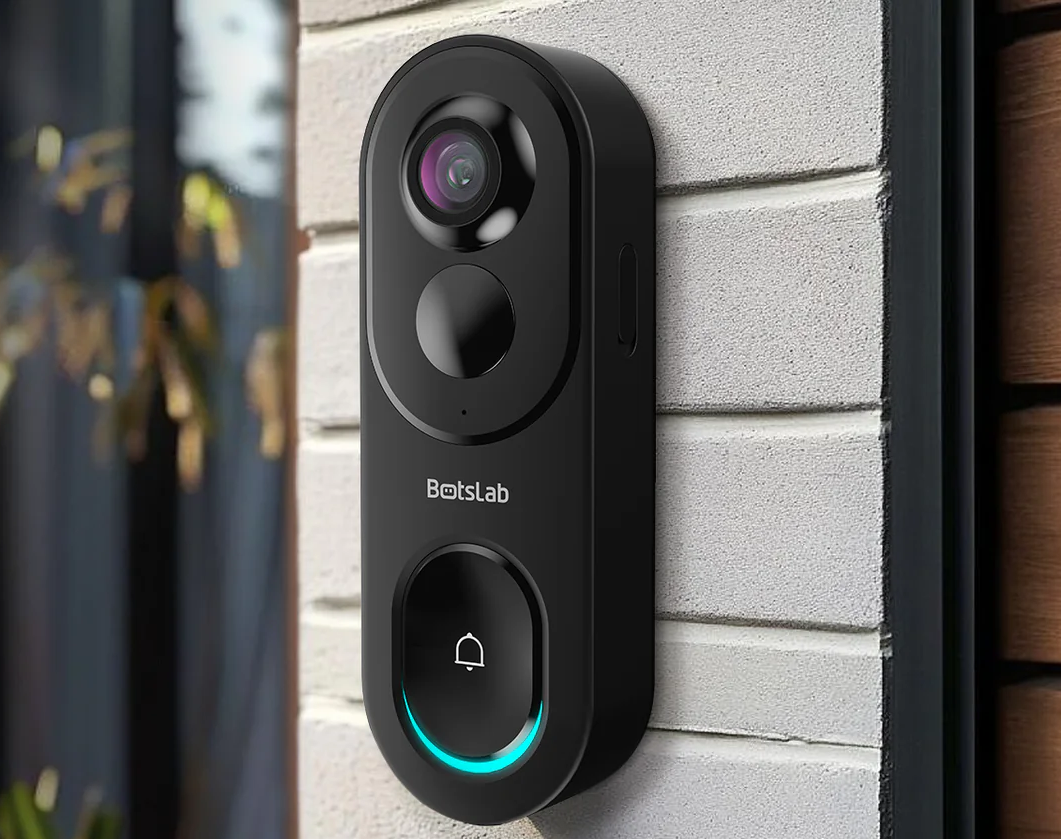



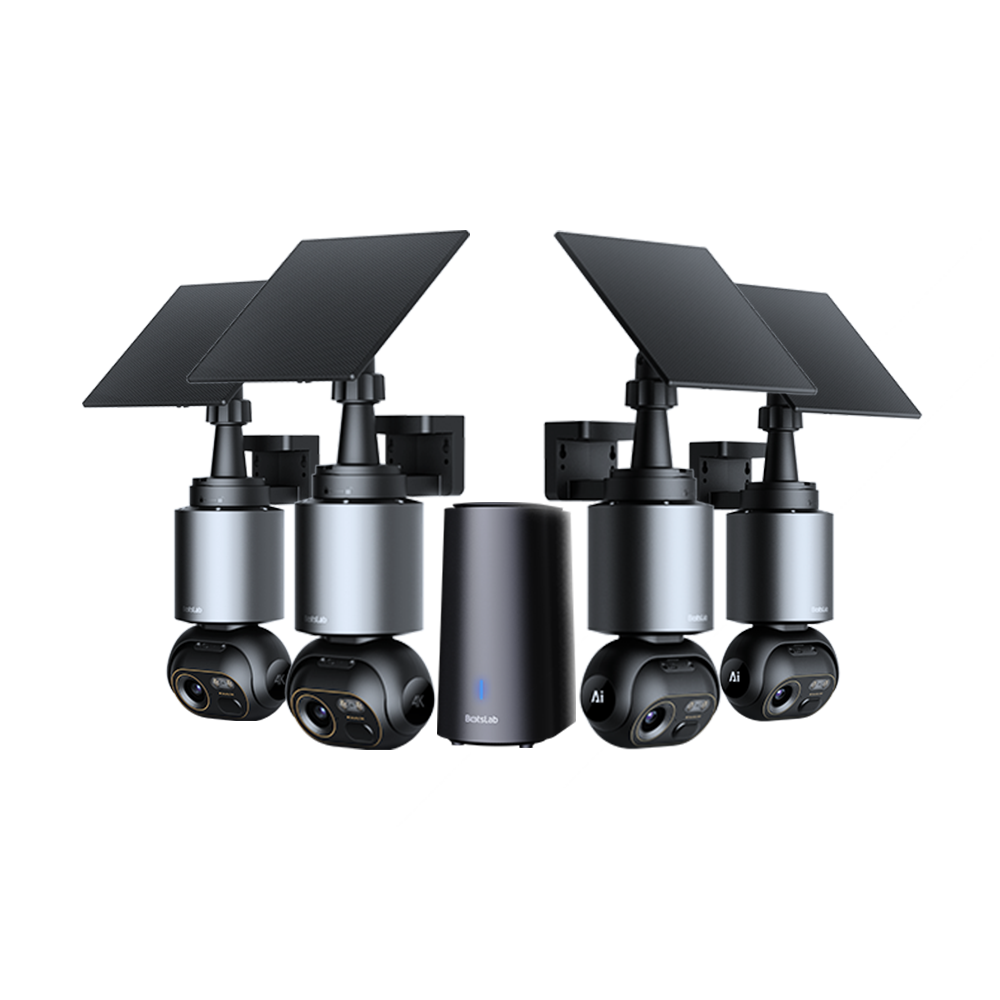




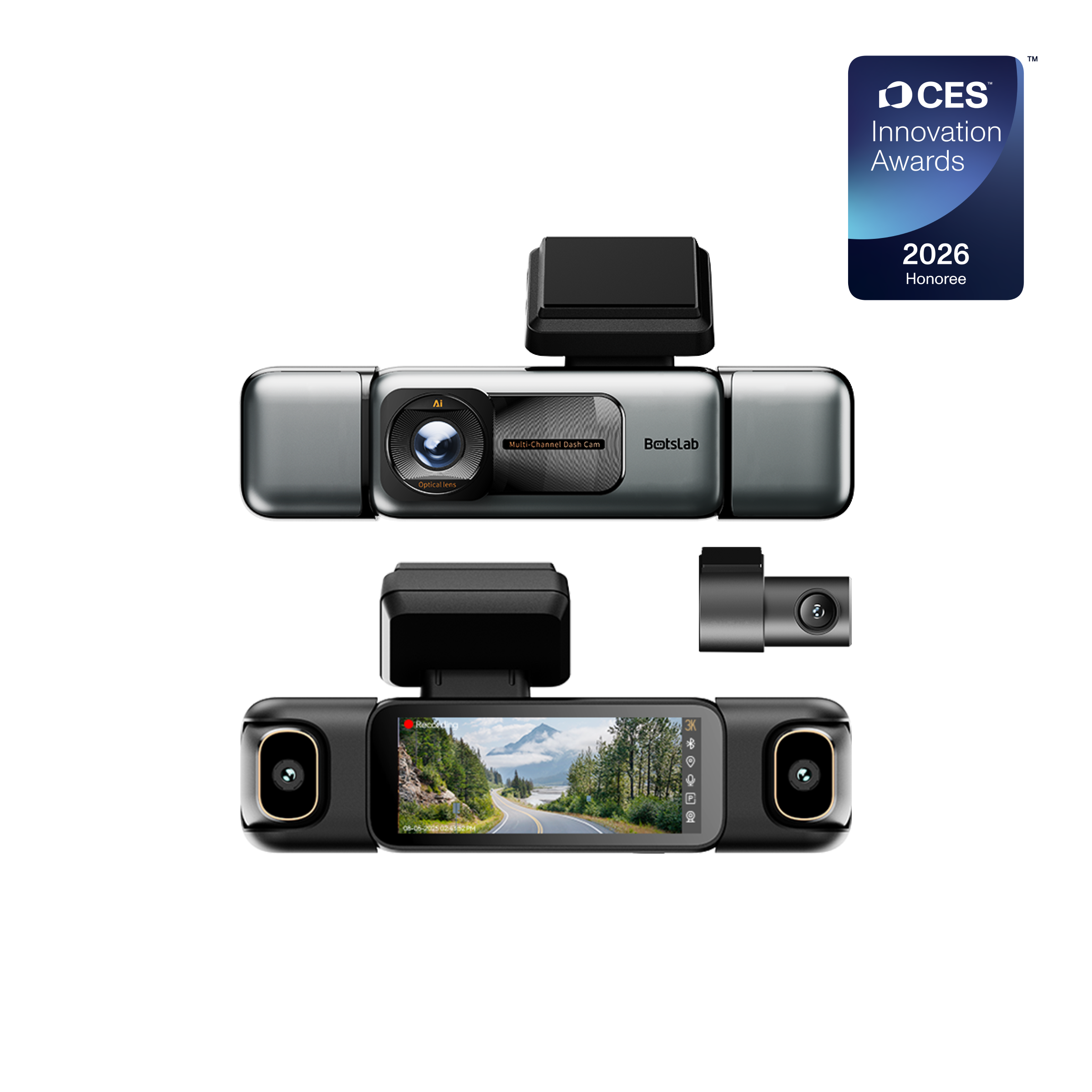
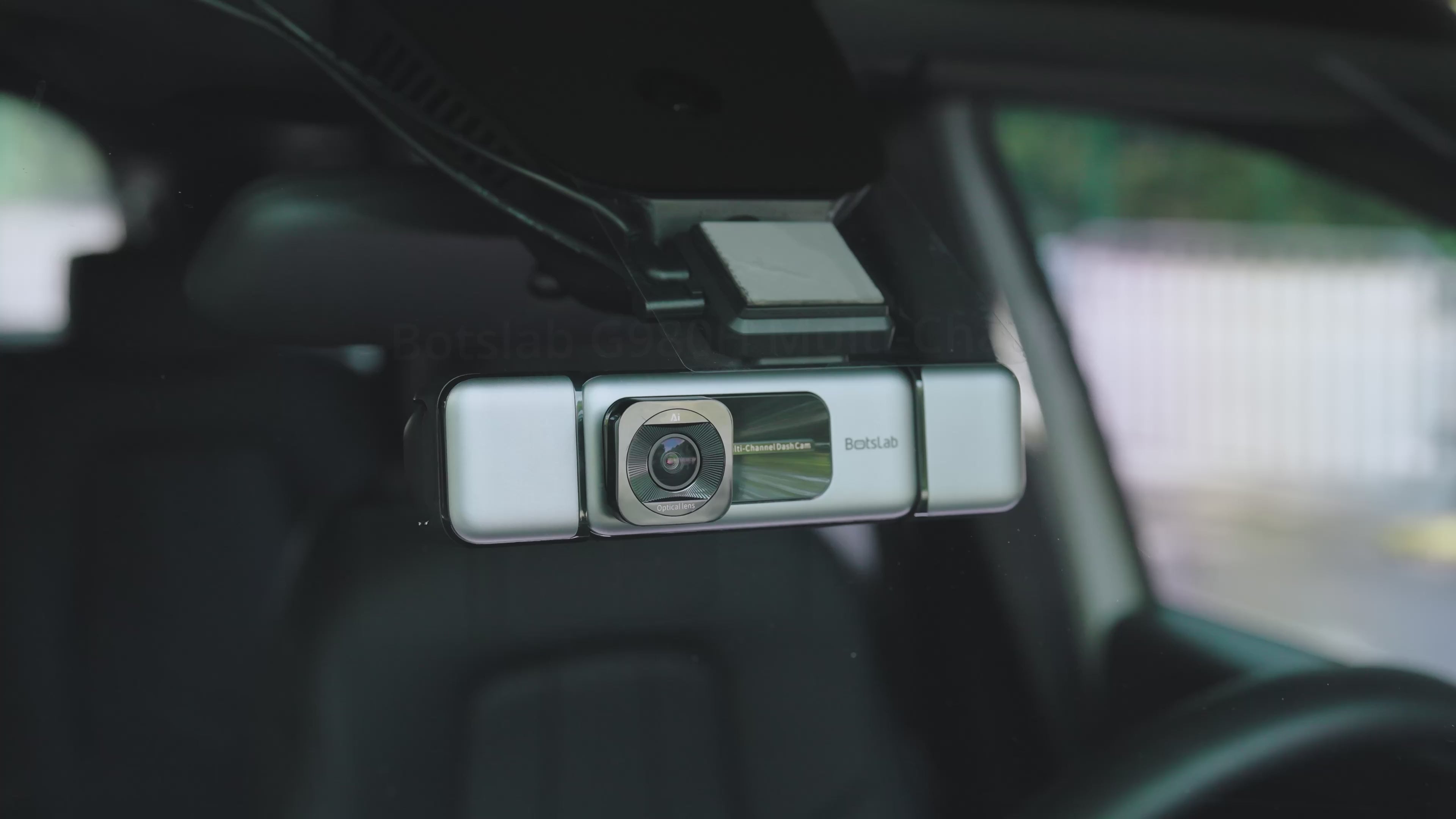
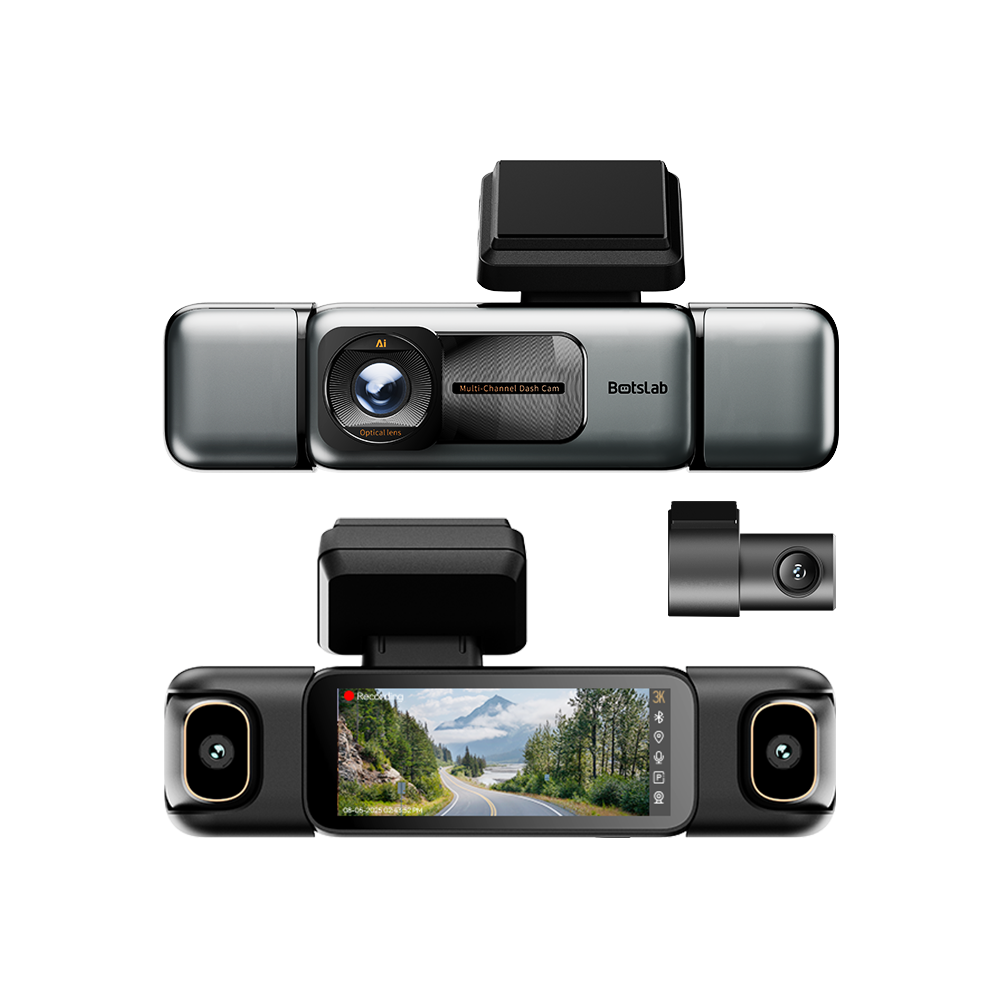
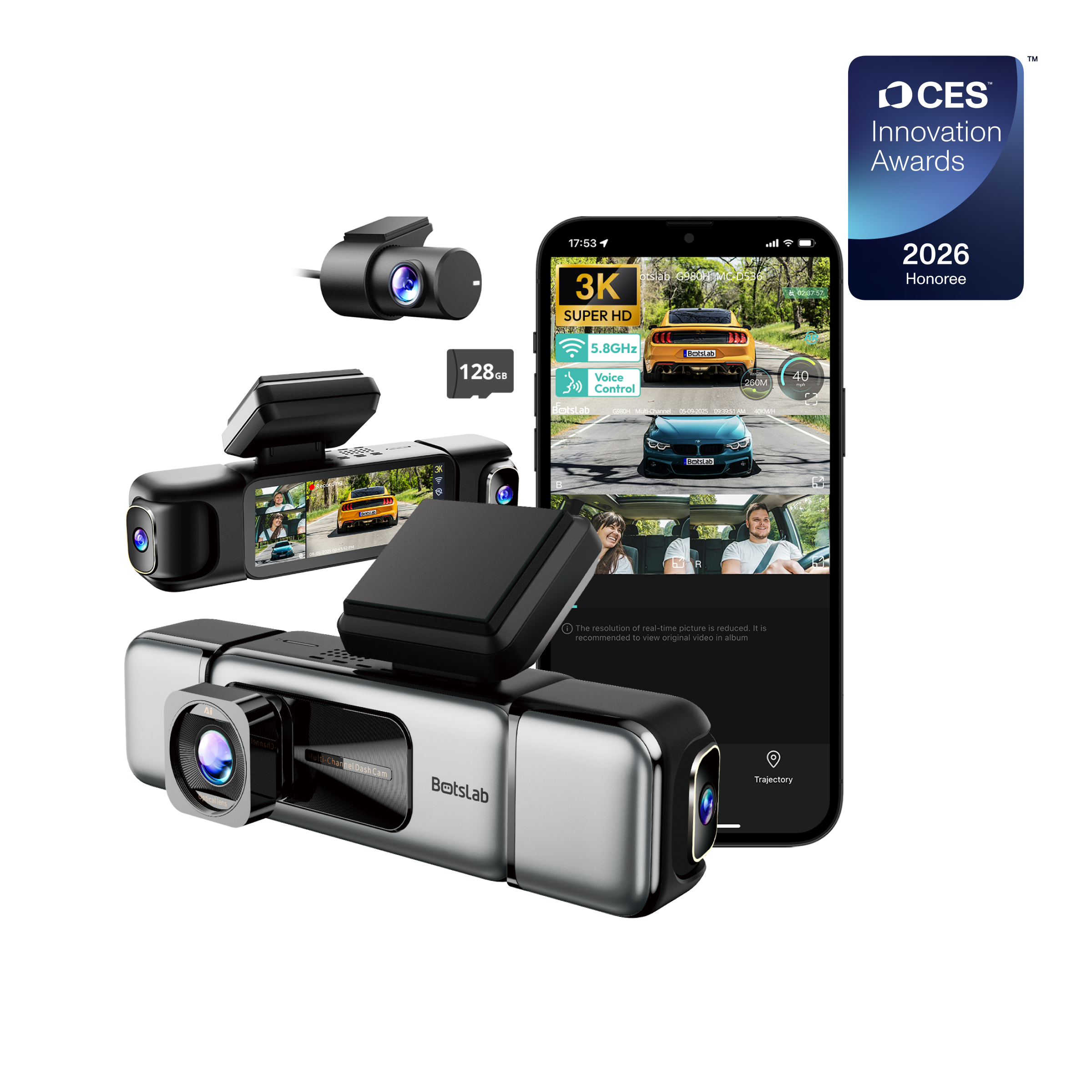
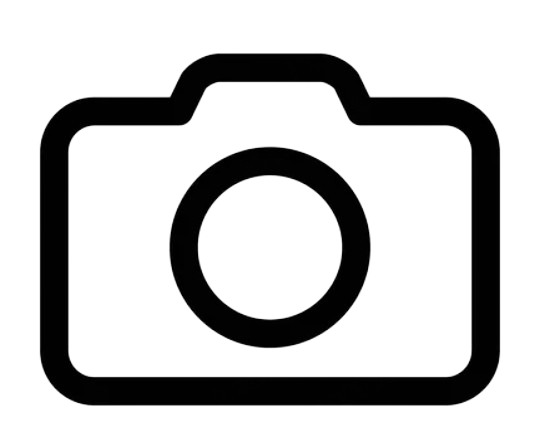


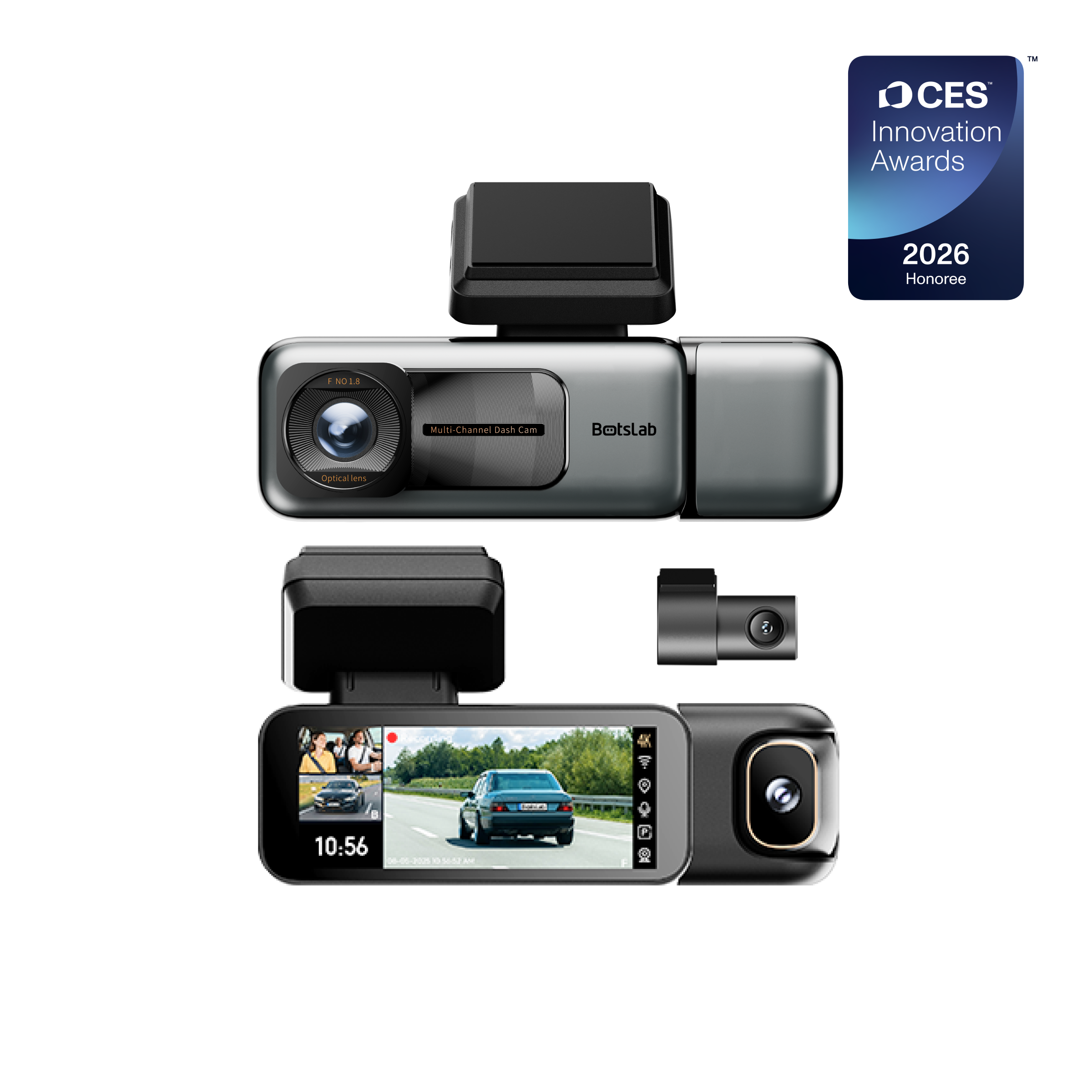
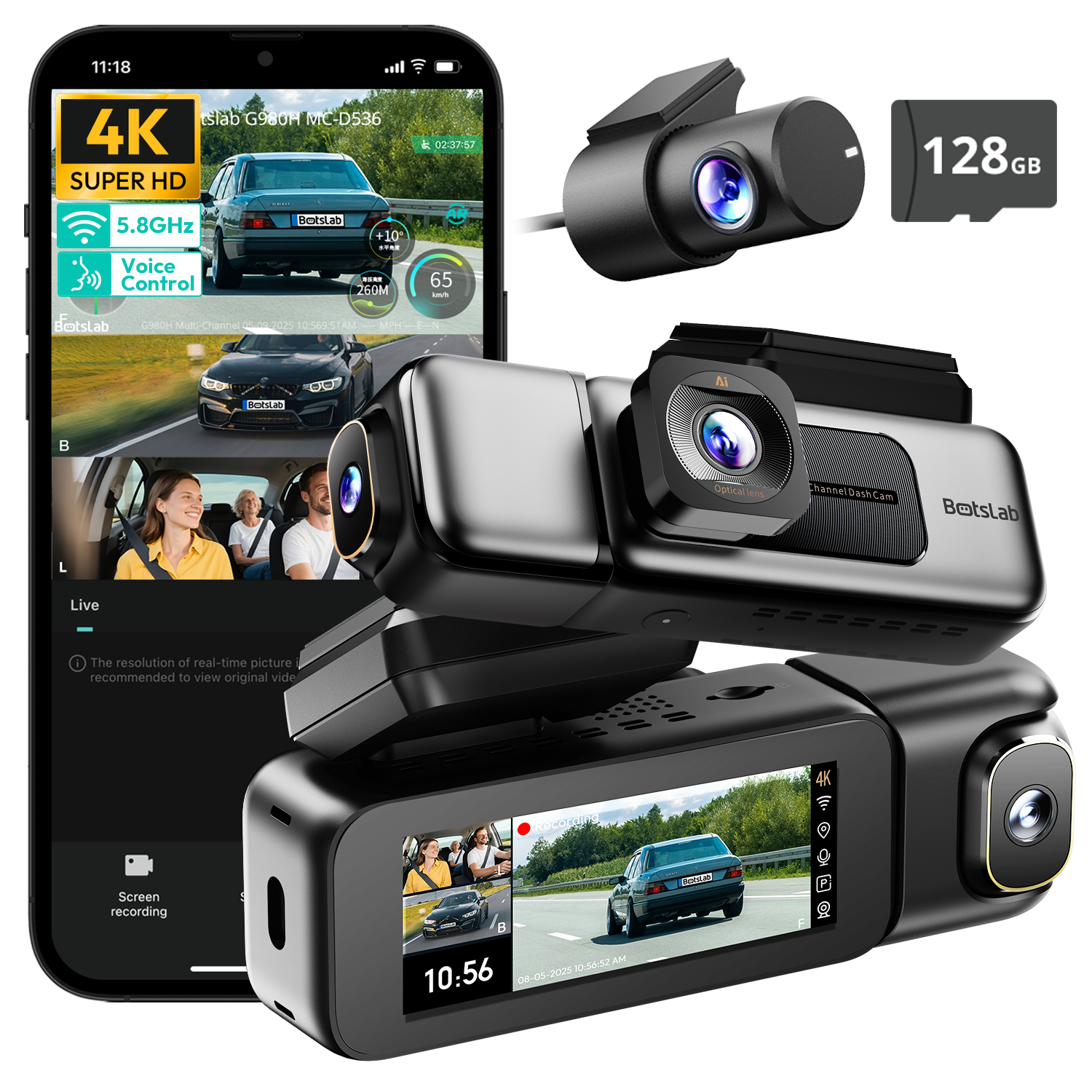



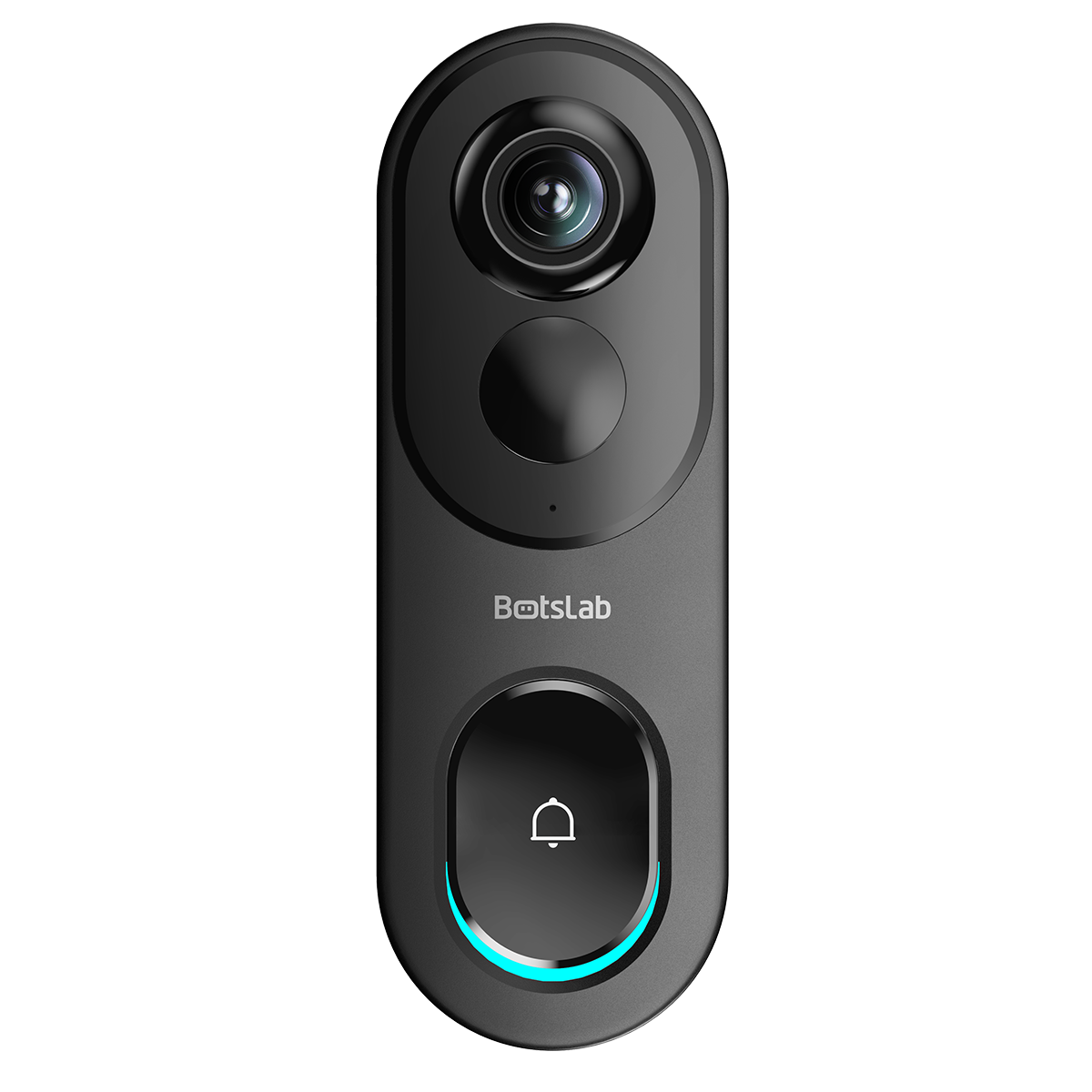




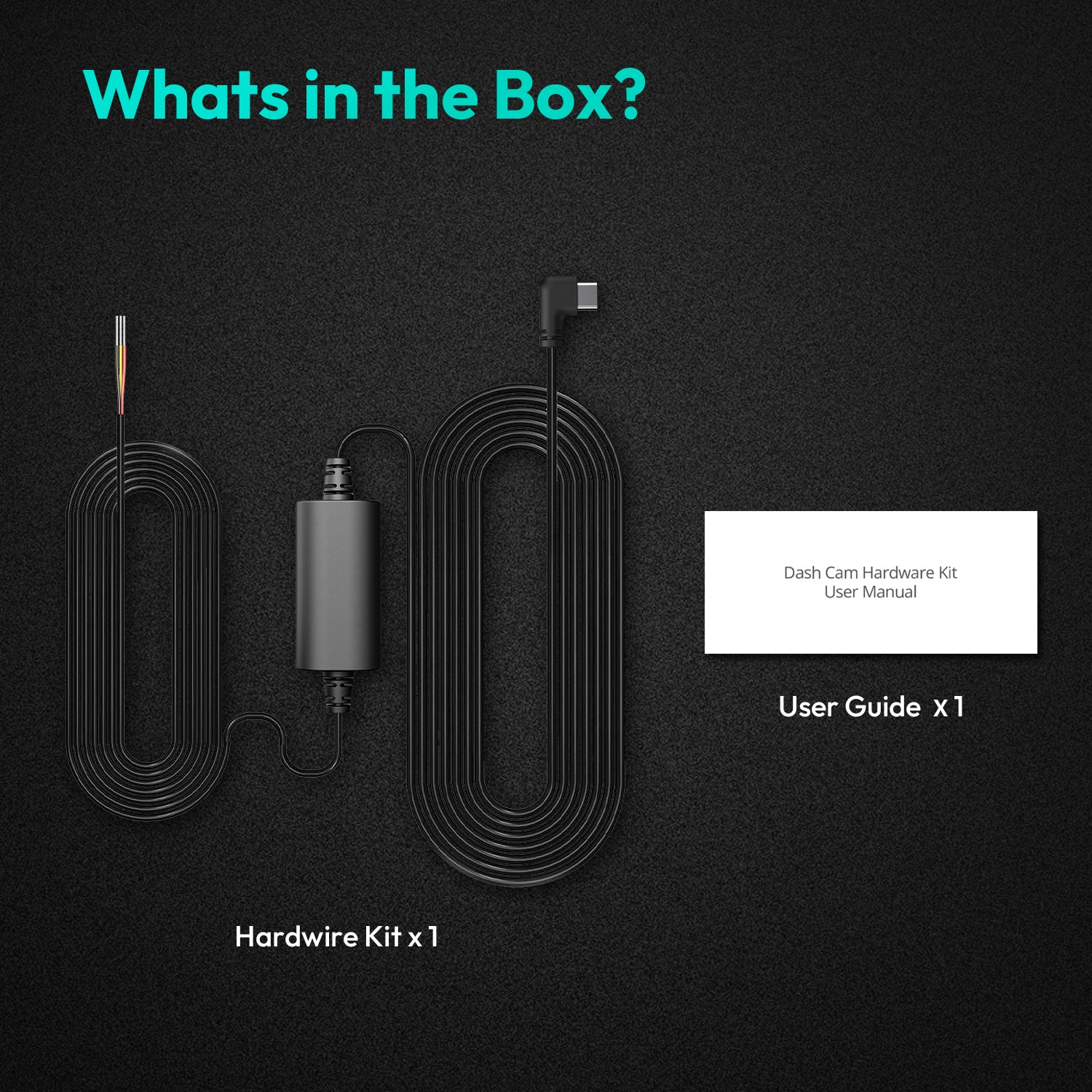
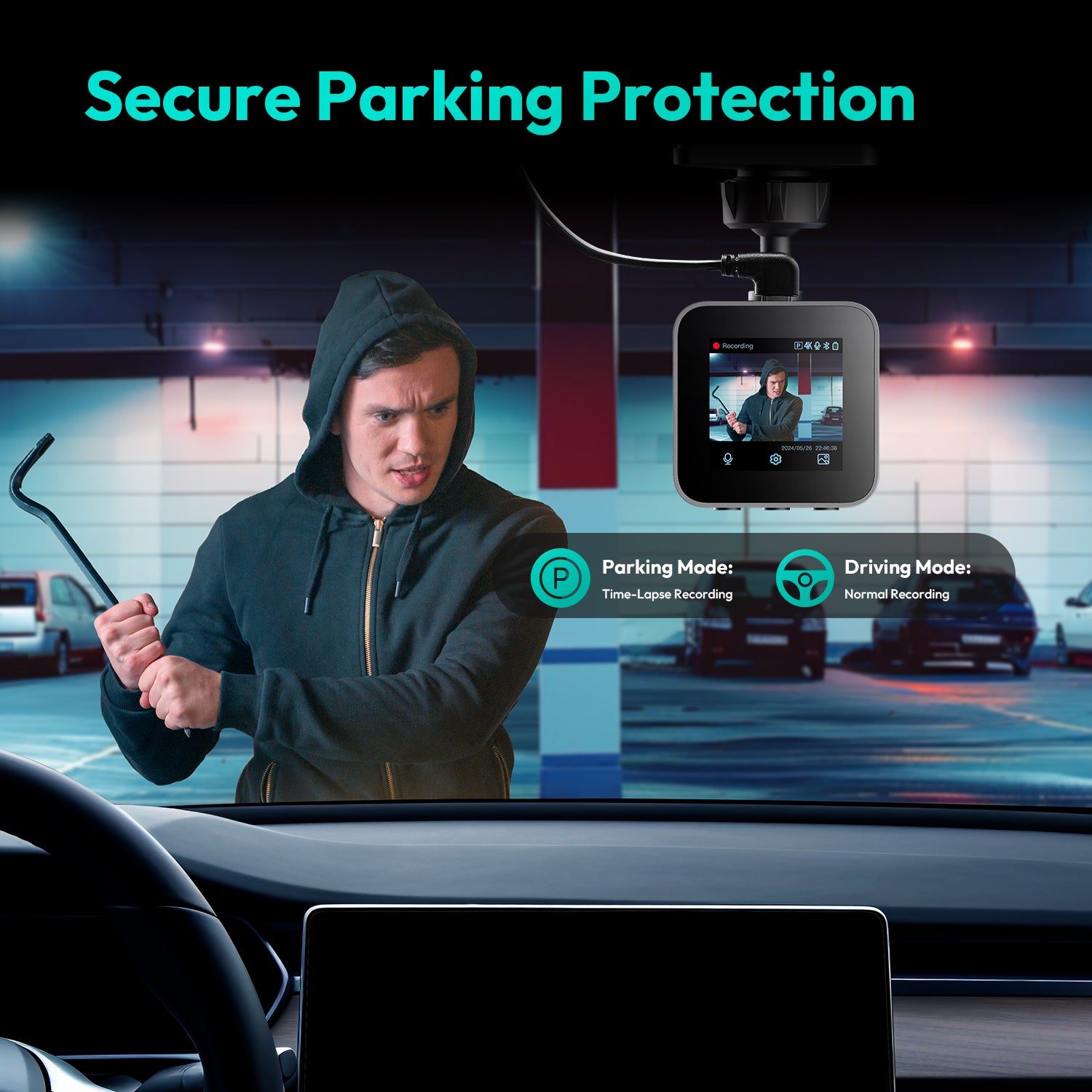
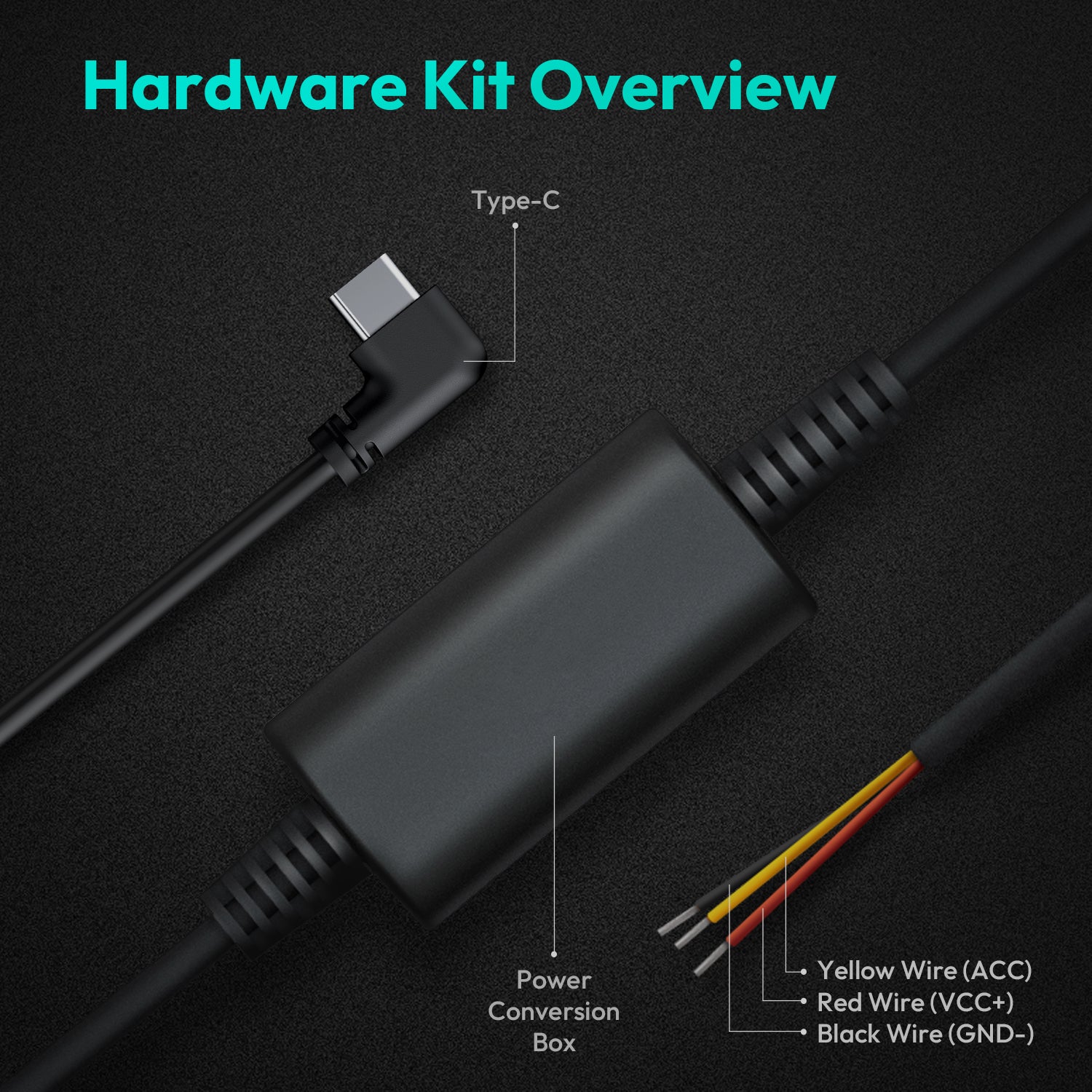
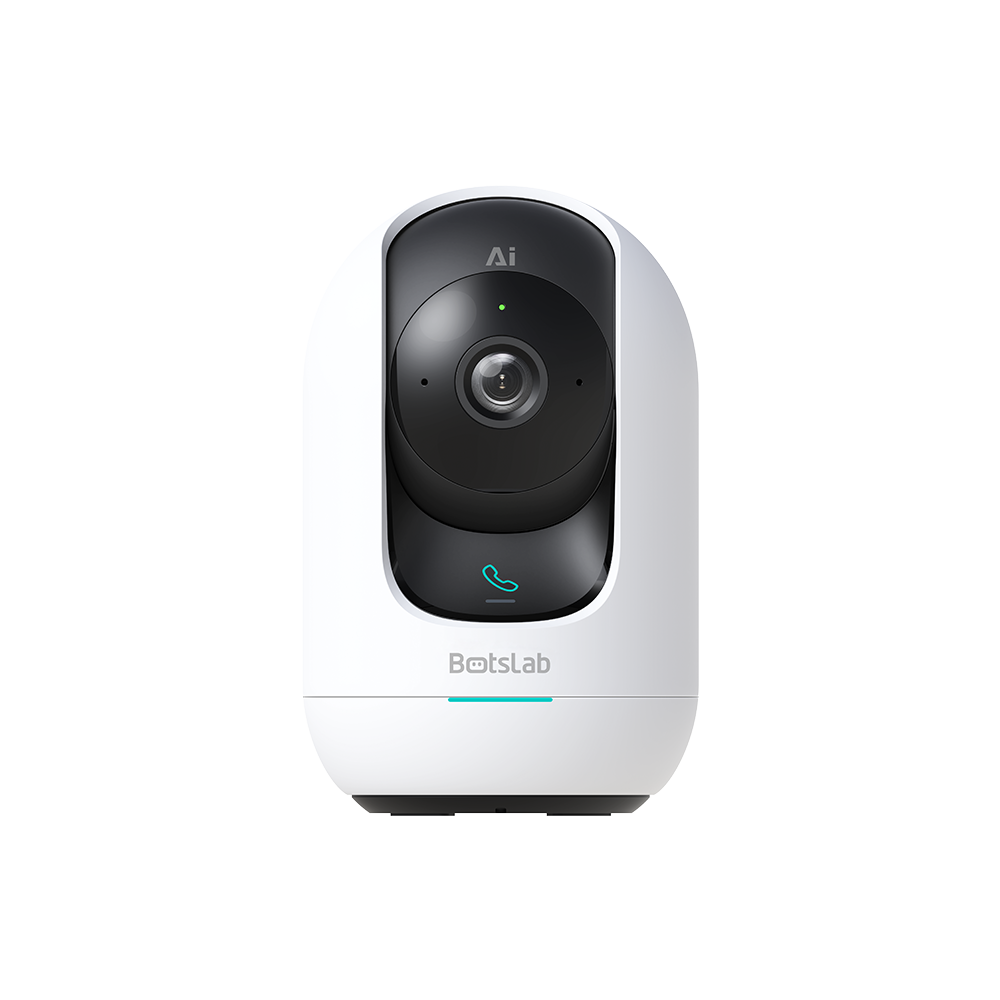


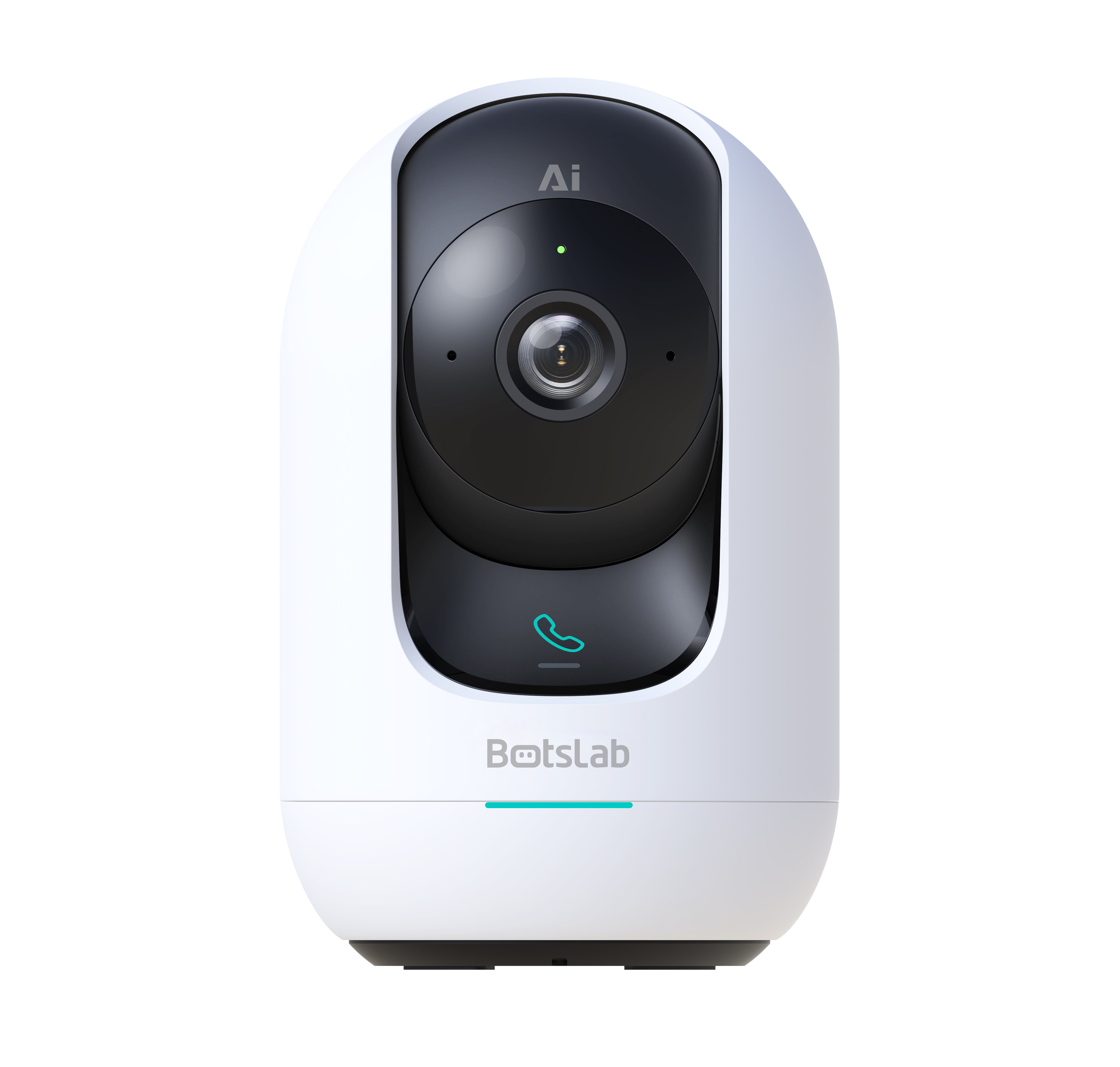

Share:
How to Install a Dash Cam Front and Rear
How to install botslab video doorbell